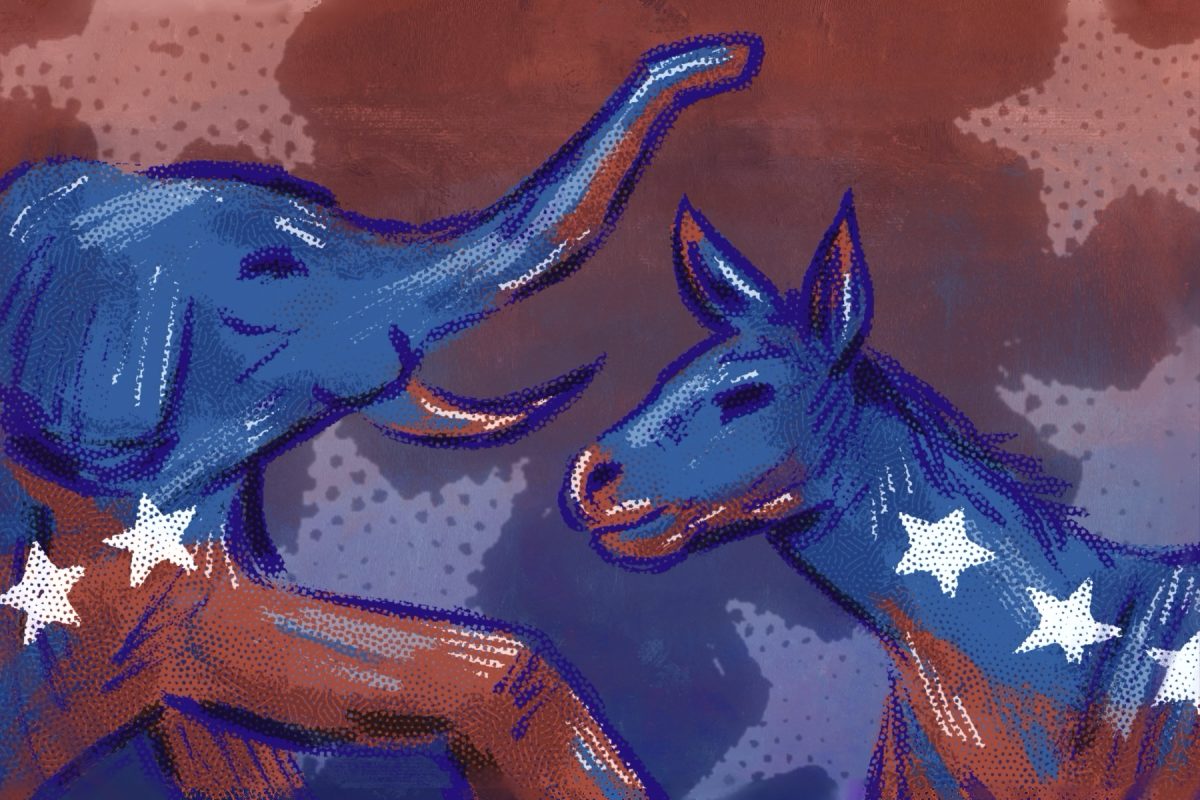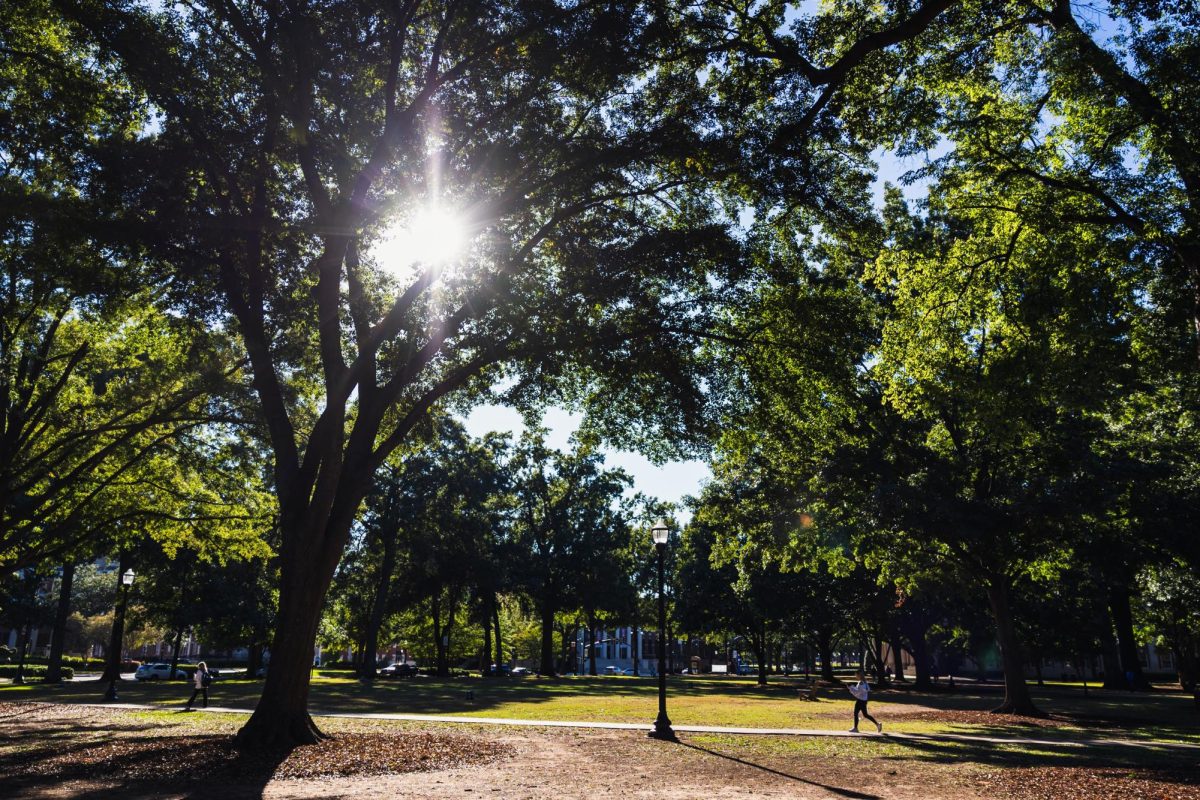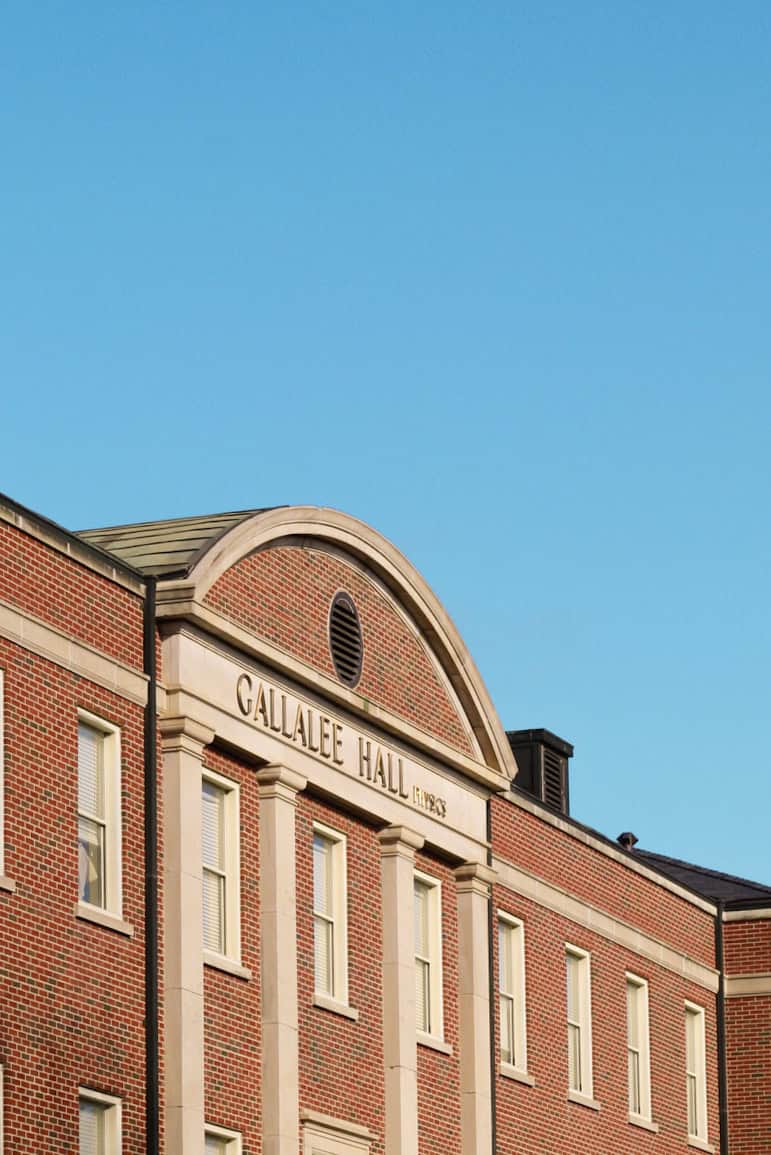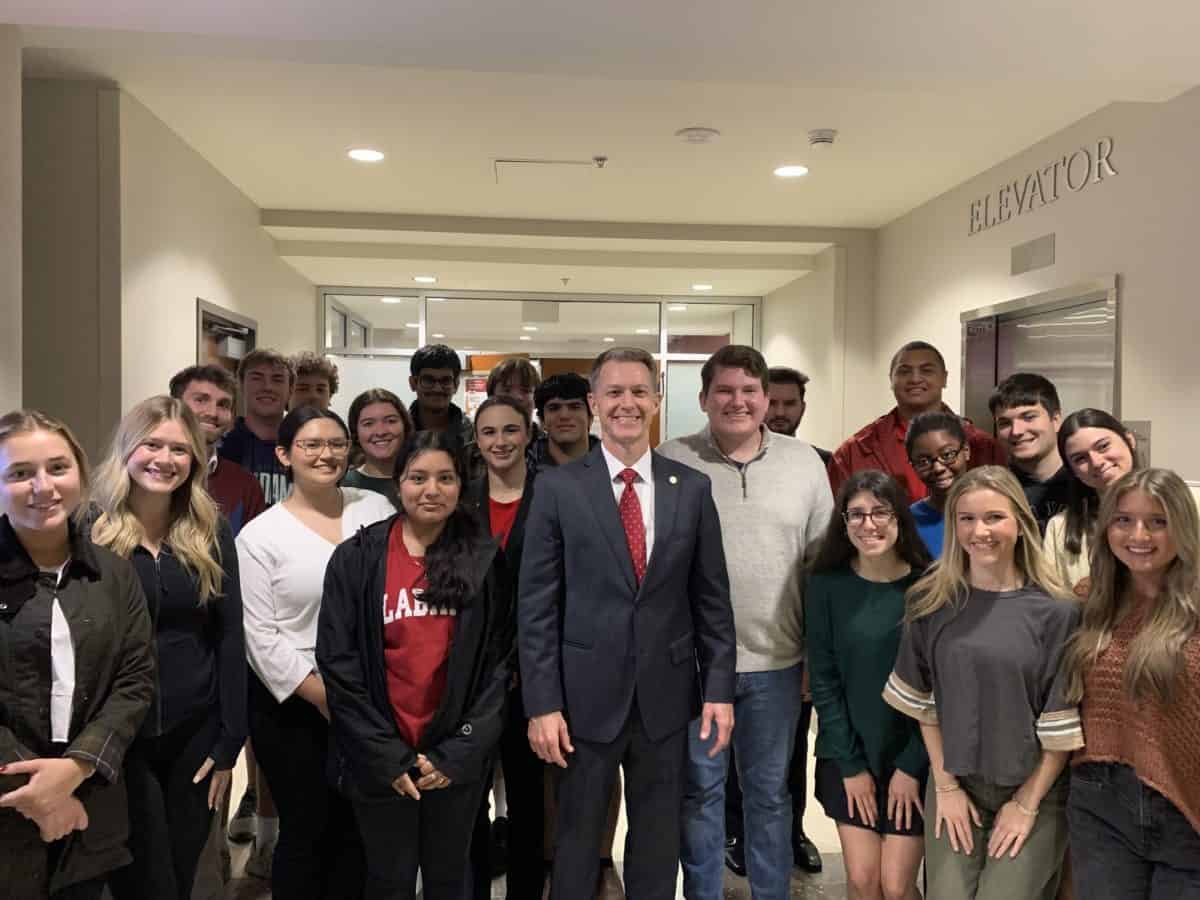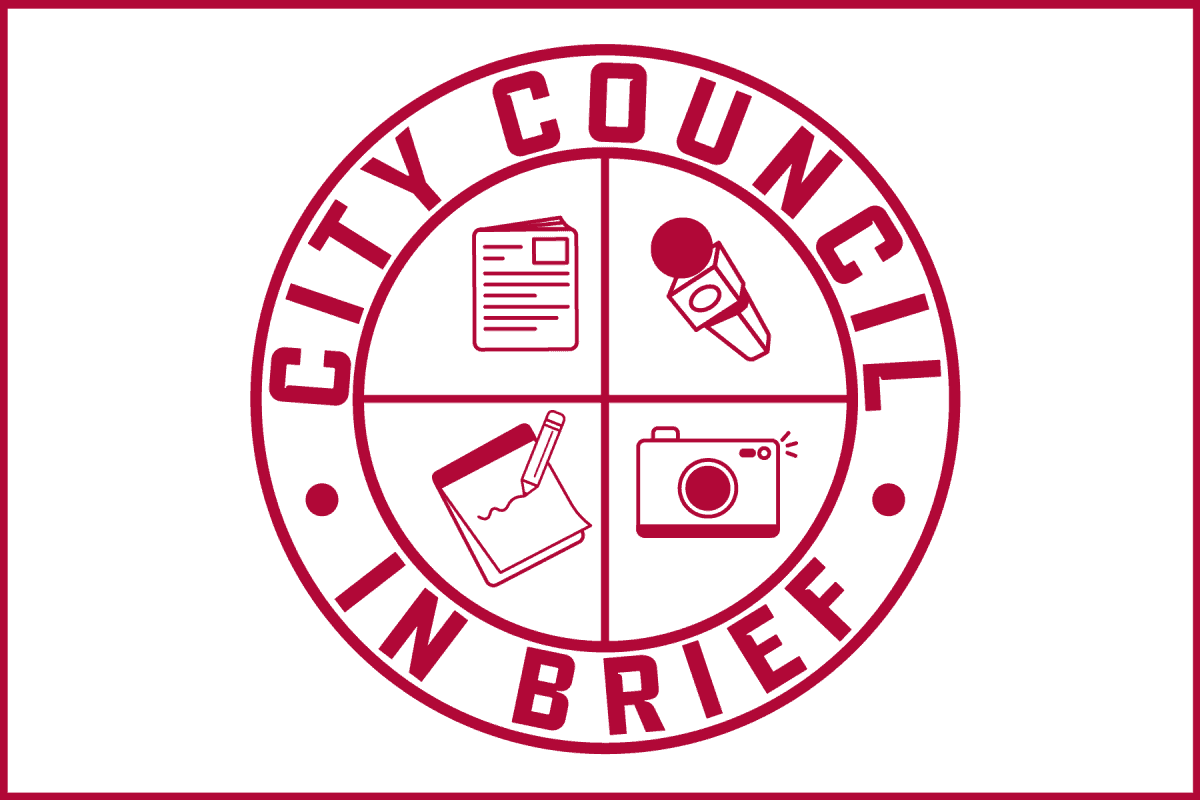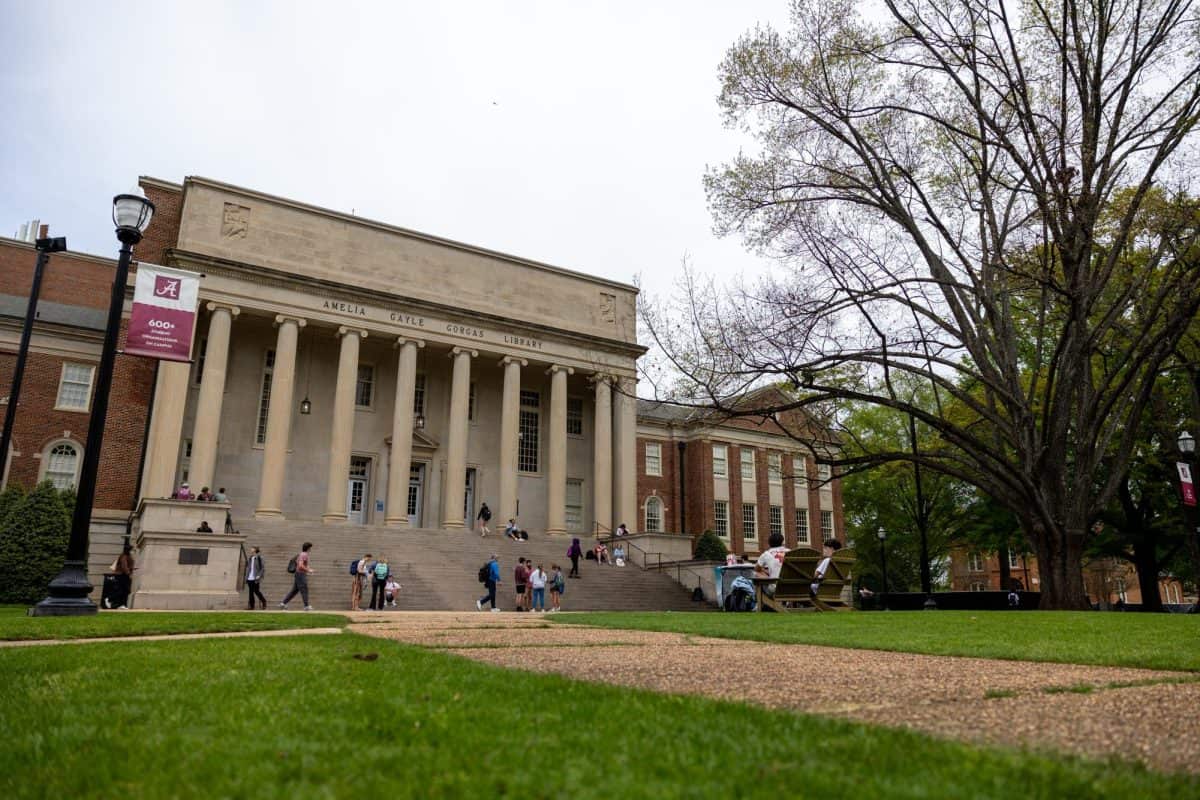For most students, an internship means getting coffee and running errands. But for one former mechanical engineering undergraduate, it meant watching the National Aeronautics and Space Administration test its rocket engines.
Robert Talley, a University of Alabama mechanical engineering graduate student, was given numerous opportunities to witness what he says the public and even some NASA employees don’t get access to when he traveled to Bay St. Louis, Miss., to intern with the Stennis Space Center during summer 2012.
“I was a couple hundred feet from the rocket engines as they fired,” Talley said. “It was extremely fun. I looked forward to going to work every day.”
During Talley’s 10-week experience, which he applied for in March as a UA mechanical engineering undergraduate, he was given various projects. His main task was to find a non-nuclear alternative for nuclear thermal propulsion.
“The most promising device seemed to be a pebble bed heater, which uses hundreds of thousands of very small pebbles or even bricks to super-heat heat whatever fluid is passing through it,” Talley said. “Once I had that down, I had to figure out which pipe materials could handle the super-hot hydrogen coming out of the pebble bed heater and transport it to the engine.”
Talley also had to determine the necessary pipe diameter that would provide the appropriate mass flow rate and pressure to the rocket engine interface and to choose which fuel tanks on site would be best-suited for simulating a non-nuclear engine test, along with a number of other responsibilities.
He also had to create a database to compile all of his research and calculations in an organized, easy-to-follow system.
Beth Todd, an associate professor in the UA mechanical engineering program, was happy to know one of the students from the mechanical engineering program is doing well.
“It’s always great when we have one of our undergrads get an internship with NASA,” Todd said.
Talley’s main goal going into the internship was to make a good impression. After completing his main summer project that SSC expected to take 10 weeks in only 4-5 weeks, Talley was confident he accomplished that goal.
“I believe I did make a really good impression, because I was very consistent and hard working,” he said.
Harry Ryan, a NASA engineer who mentored Talley, said he was pleased with Talley’s efforts.
“Robert did an outstanding job during his time at NASA SSC,” Ryan said. “I was very impressed with Robert’s skill in the field of mechanical engineering and his enthusiasm for the work.”
For Talley, the internship was a transition from school to the real world, and he encouraged other students to take the opportunity to intern in their field of study.
“College is great, but we are all sheltered by classrooms. We don’t really know what it’s like to apply what we have learned,” he said. “It’s good to get [a] sneak peak or preview of what’s to come.”
Talley has plans to apply for another internship with NASA in the near future. Although his schedule as a grad student won’t allow him to manage a full-time job, he hopes his prior experience with them will earn him another chance to work with the national program.



